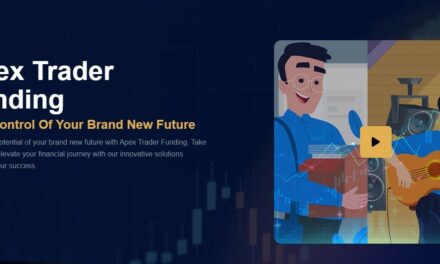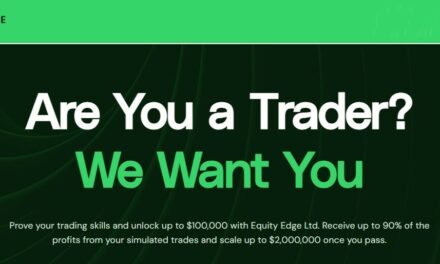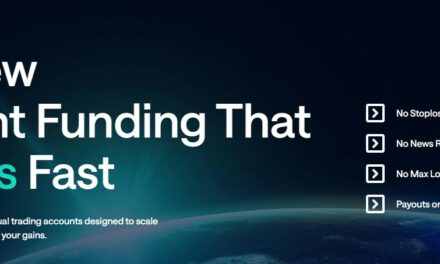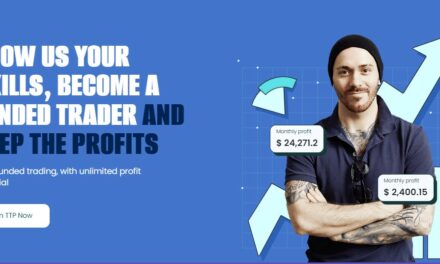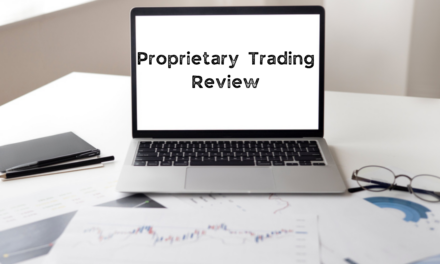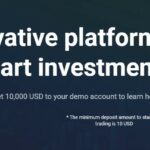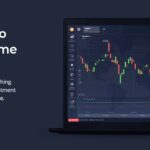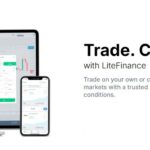Charting Your Course: A First Look at Equity Edge
Have you ever dreamed of diving into the crazy world of finance and making big moves without risking your own piggy bank? Well, that’s where prop firms come in! Think of them as your launchpad into the big leagues of trading. They give you the cash, the tools, and sometimes even show you the ropes, so you can play with serious money and learn to trade like a pro.
With so many prop firms out there, it’s hard to know which one is the real deal. That’s why everyone’s talking about Equity Edge! But is it really worth the hype?
That’s exactly what we’re here to find out! We’re giving Equity Edge a super close look, checking out everything from their challenges to how they split the profits. By the end of this review, you’ll know if Equity Edge is the right place for you to chase your trading dreams!
The Architects of Ambition: Deconstructing Equity Edge
Equity Edge presents itself as a contemporary proprietary trading firm focused on identifying and cultivating trading talent on a global scale. The firm’s mission centers on empowering traders by providing access to substantial capital and a supportive infrastructure, with the ultimate goal of fostering a community of accomplished and disciplined market participants. Equity Edge operates on a meritocratic basis, emphasizing opportunities based on demonstrated proficiency rather than initial capital investment.
Established by experienced traders and financial professionals, Equity Edge was founded with a clear vision: to democratize access to significant trading capital. While specific details regarding the firm’s founding date and comprehensive history may not be as widely publicized as those of more traditional institutions, its notable growth and positive testimonials suggest a strategically managed and robust operation. The firm prioritizes transparency and the establishment of a structured pathway for traders to demonstrate their capabilities, thereby distinguishing itself through a commitment to trader development and a forward-thinking approach to risk management.
The Gauntlet of Growth: Understanding Equity Edge’s Challenge Types
2-Step Legacy Evaluation
- Account Sizes and Prices:
$2,500 – $23 | $5,000 – $29 | $10,000 – $54 | $25,000 – $139 | $50,000 – $269 | $100,000 – $499 - Phase 1: 10% profit target
- Phase 2: 5% profit target
2-Step Swift Evaluation
- Account Sizes and Prices:
$2,500 – $16 | $5,000 – $20 | $10,000 – $42 | $25,000 – $129 | $50,000 – $249 | $100,000 – $429 - Phase 1: 8% profit target
- Phase 2: 5% profit target
1-Step Legacy Evaluation
- Account Sizes and Prices:
$2,500 – $22 | $5,000 – $27 | $10,000 – $50 | $25,000 – $119 | $50,000 – $259 | $100,000 – $489 - Profit Target: 10% profit target
1-Step Swift Evaluation
- Account Sizes and Prices:
$2,500 – $14 | $5,000 – $18 | $10,000 – $39 | $25,000 – $109 | $50,000 – $239 | $100,000 – $379 - Profit Target: 8% profit target
Instant Funding
- Account Sizes and Prices: $2,500 – $22 | $5,000 – $45.1 | $10,000 – $68.2 | $25,000 – $137.5 | $50,000 – $159.28 | $100,000 – $276.98 | $200,000 – $550
- The Instant Funded Account offers traders an unlimited trading period with a minimum requirement of just 7 trading days. It features a maximum daily loss limit of 3% and an overall maximum loss of 5%. To ensure consistent trading behavior, a consistency score of 15% is in place. Notably, there is no profit target, providing traders with flexibility in their strategies. Leverage is offered up to 1:30, and the maximum risk per trade is capped at 1%. An inactivity rule stipulates that the account will be subject to review after 30 days of inactivity.
Reaping the Rewards: Equity Edge Profit Split
Equity Edge stands out with its attractive profit split, offering traders a generous 70-80% share, which can climb to 90% or higher for top performers. This highly competitive model surpasses industry standards, making it a lucrative opportunity. The straightforward distribution process ensures traders are promptly rewarded for their success, typically within a few business days after meeting minimum profit thresholds, incentivizing consistent performance and long-term engagement.

